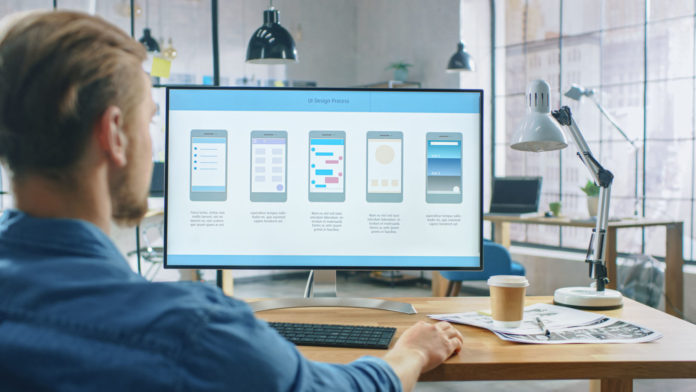
Interface designers are responsible for customizing a system so that it is user-friendly so that the end-users can enjoy using it. The user interface, in the technical sense, is not a simple thing to design because it involves a complex interaction between a user and an electronic system. The user interface, in the broadest sense, refers to how people can use a particular piece of technology or device so that they can get the maximum benefit from it.
This means that interface designers must pay close attention to all the different factors that go into designing a user interface so that the end-users do not face any difficulty while using the technology. In this article, we will discuss some useful tips that can be used by interface designers to ensure that the end-users have a good time using their devices.
Let us start by discussing error prevention. Designers cannot possibly take care of every little detail involved in interface designing but they can certainly take every step that can help them reduce errors as much as possible. One of the best ways to prevent errors is to use error prevention tools. These are programs that can check the underlying hardware and software configuration and automatically adjust the setting so that there are minimum levels of errors.
When it comes to the user interface, visual design principles are very important. User interfaces should be made in such a way that they make it easier for the end-users to understand and use them. If this is achieved, then they will not have a hard time using the device and will be able to enjoy using it.
Another important factor that designers should pay close attention to is usability. It is no use having beautiful and interactive designs if they are difficult to understand. Interface designers should pay special attention to usability factors while designing interfaces.
Usability experts suggest testing the products on several groups before they are released for mass use. This can help make it easy to tweak or customize the product once it has been released. This is especially important if the device in question is used in business settings or other situations where its use is crucial.
After the product has been tested on several groups, the designer should go one step further and talk to the users about the experience. After all, the better the interface is designed, the more likely the end user will like it.
Many times, interface designers have a difficult time convincing end users about why particular interfaces are good or bad. Once the decision is made, the designer needs to take the time to understand what the users want out of their interfaces. By doing so, the designer will be better equipped to create a product that will satisfy all parties. Once the product is ready, the interface designer will be in a better position to enhance the usability of the interface.
While many designers create complicated 3D interfaces to promote digital products, others prefer to create simple designs. When creating simple interfaces, designers need to consider the amount of information that will need to be presented.
Complexity does not always make it better. For instance, if the product being promoted is an enamel auto paint kit, then simplicity might be a better option than complexity. Simplicity also makes it easier to implement features that will enhance the functionality of the product.















